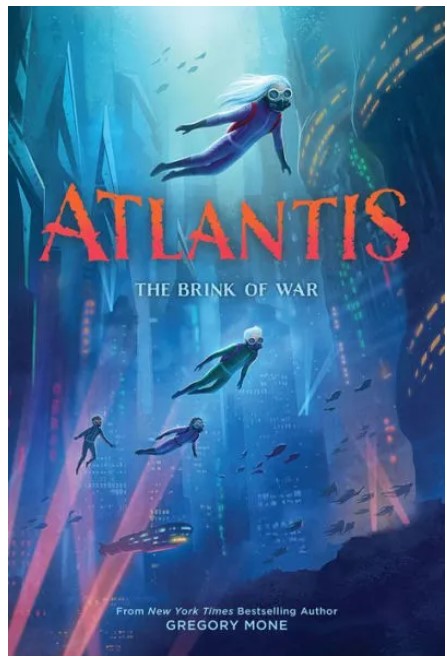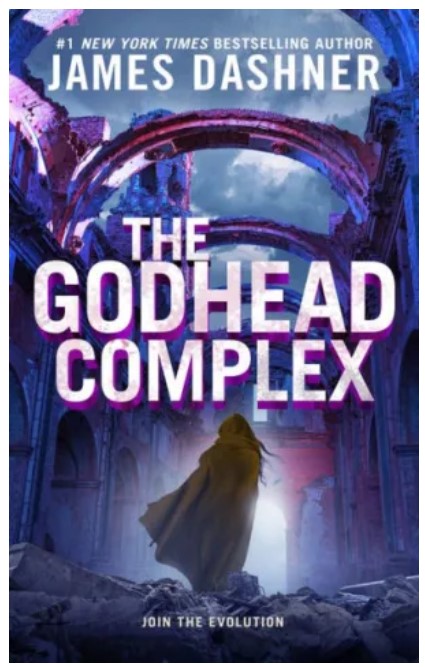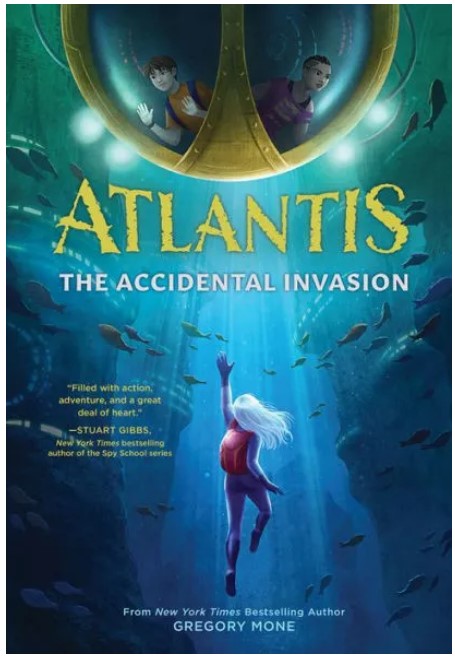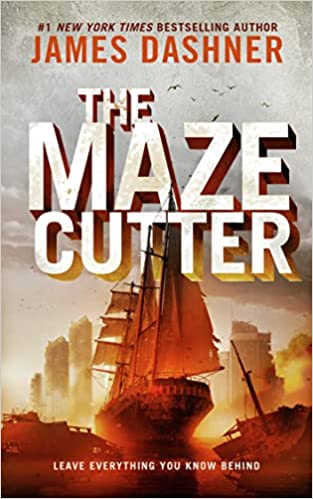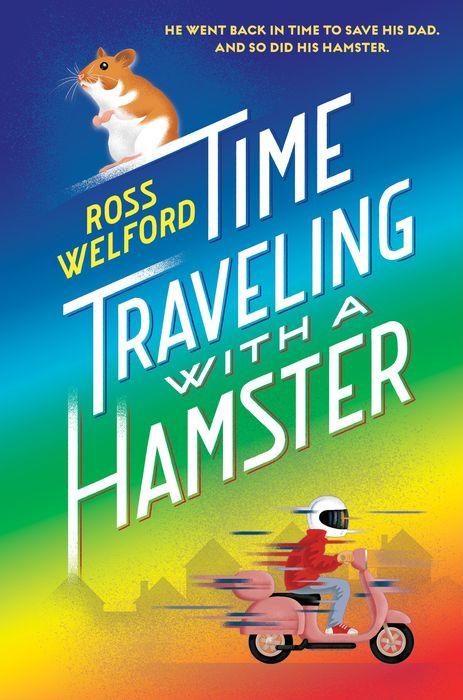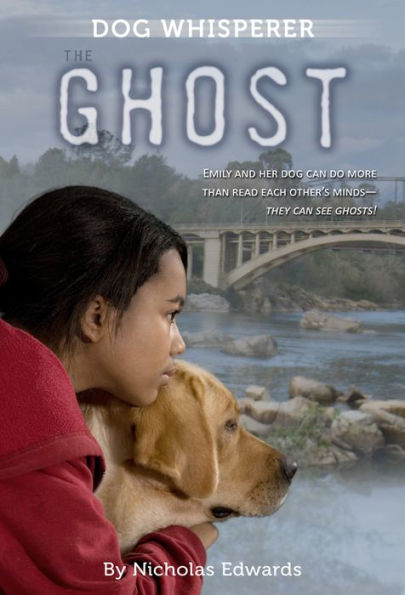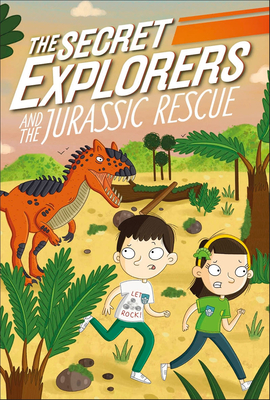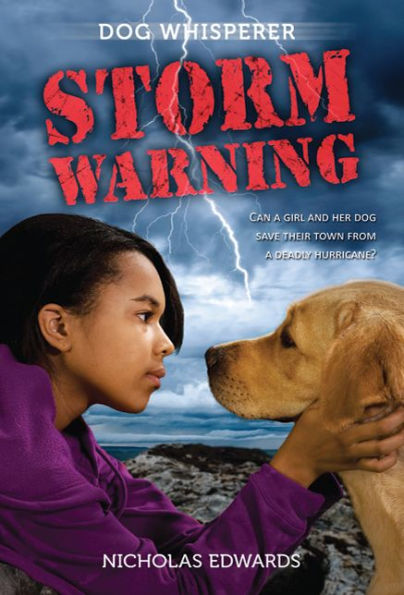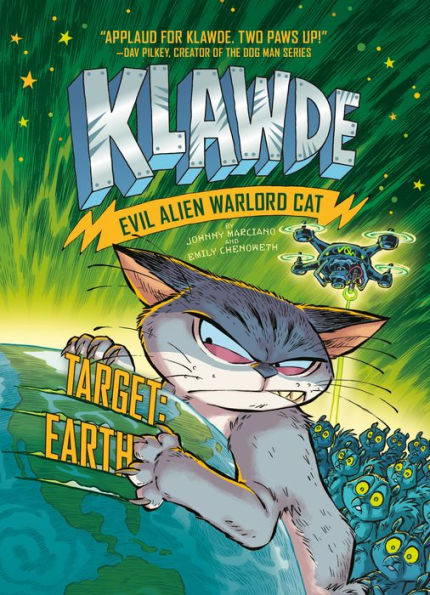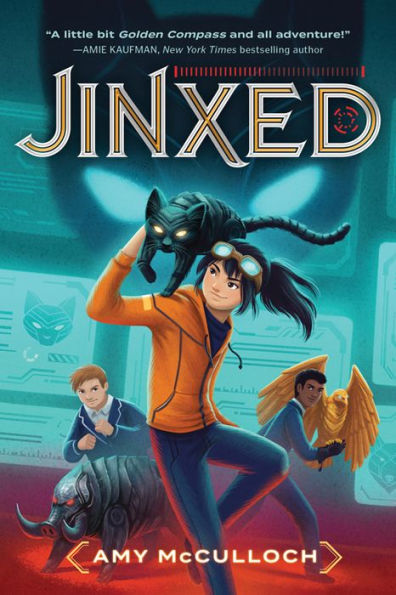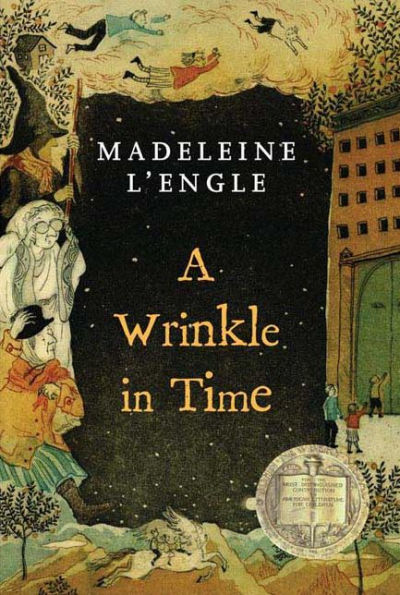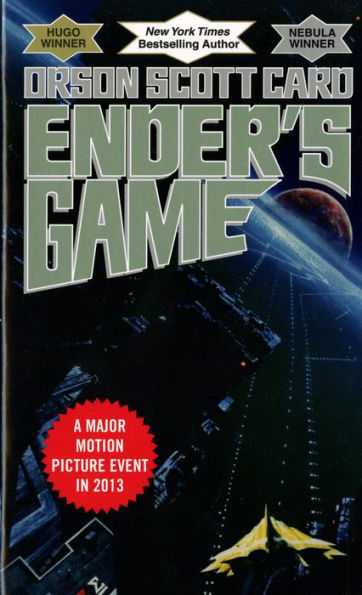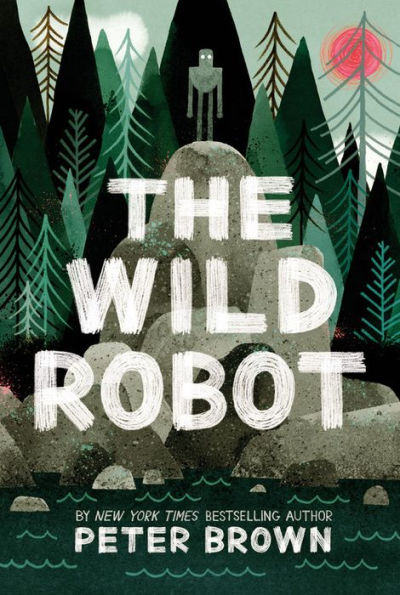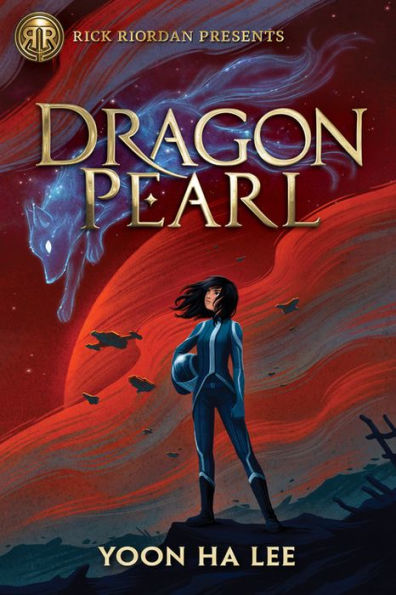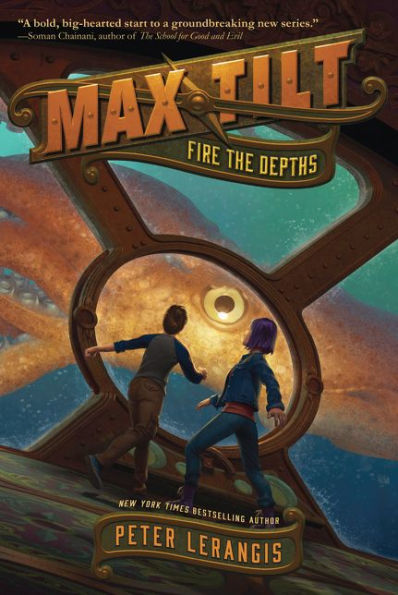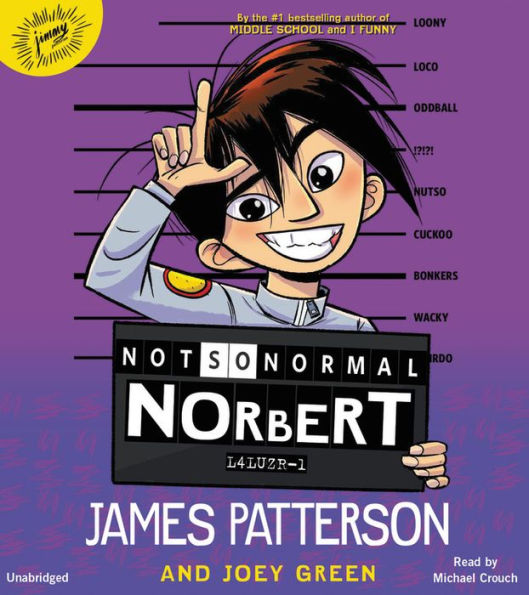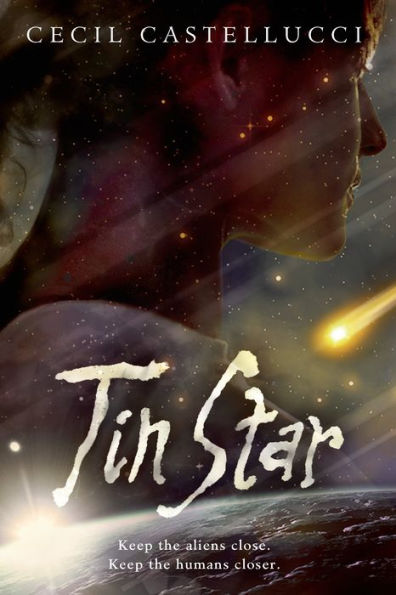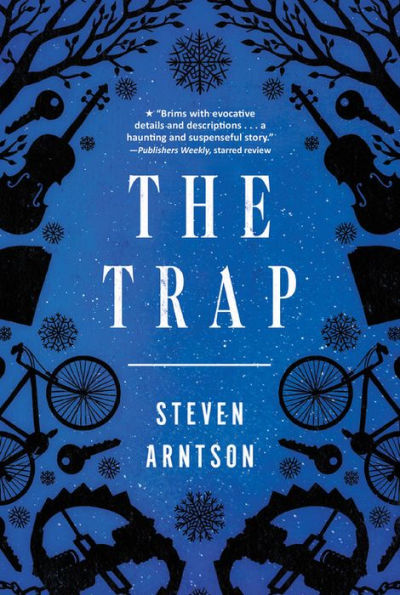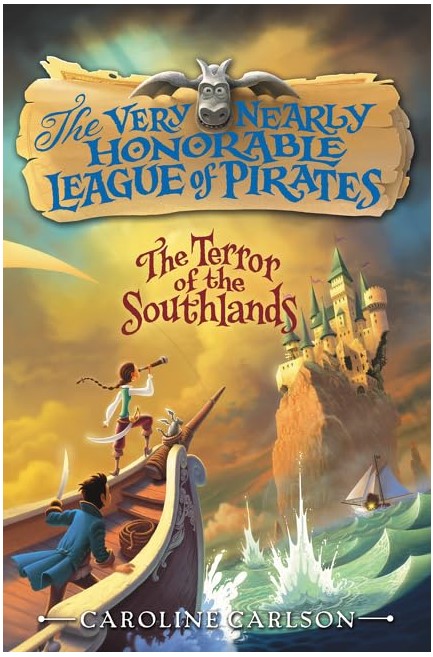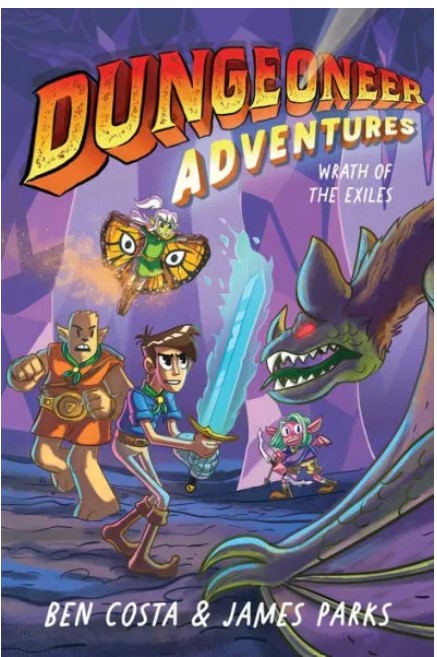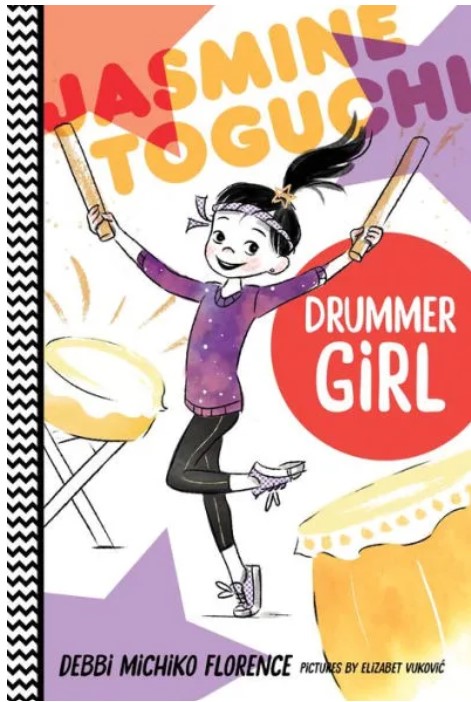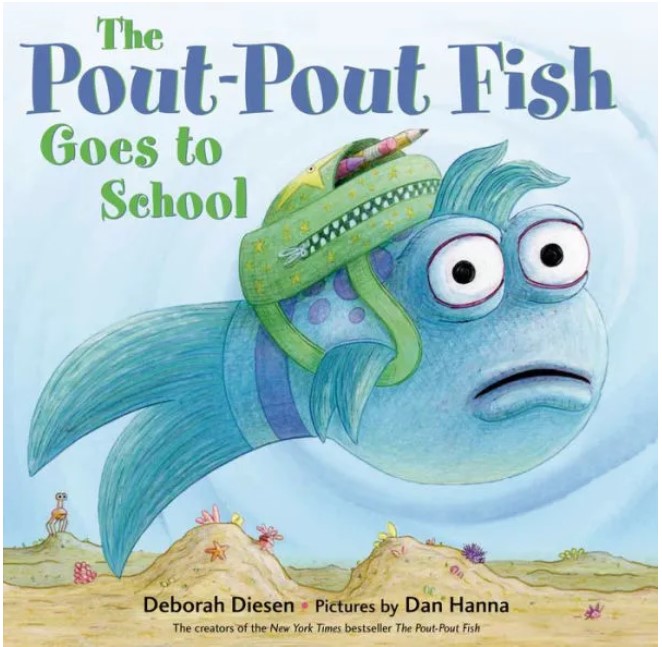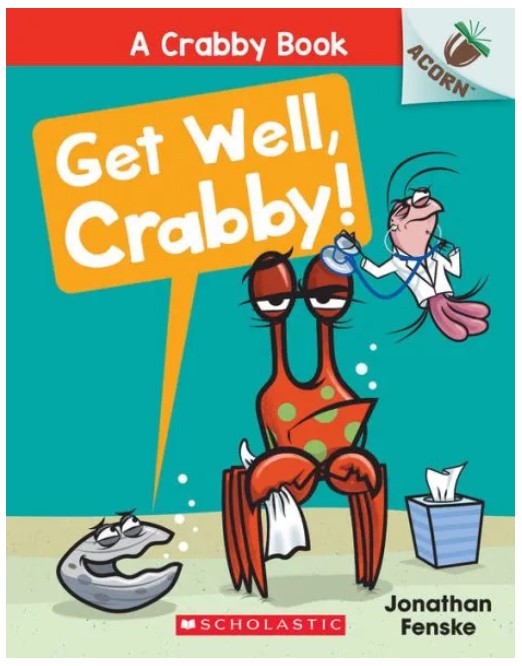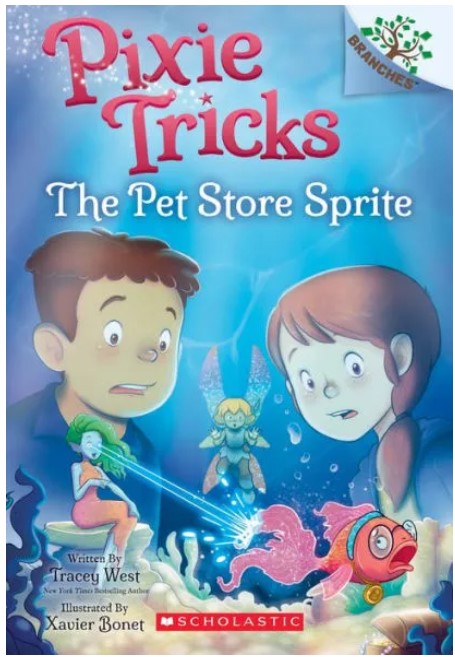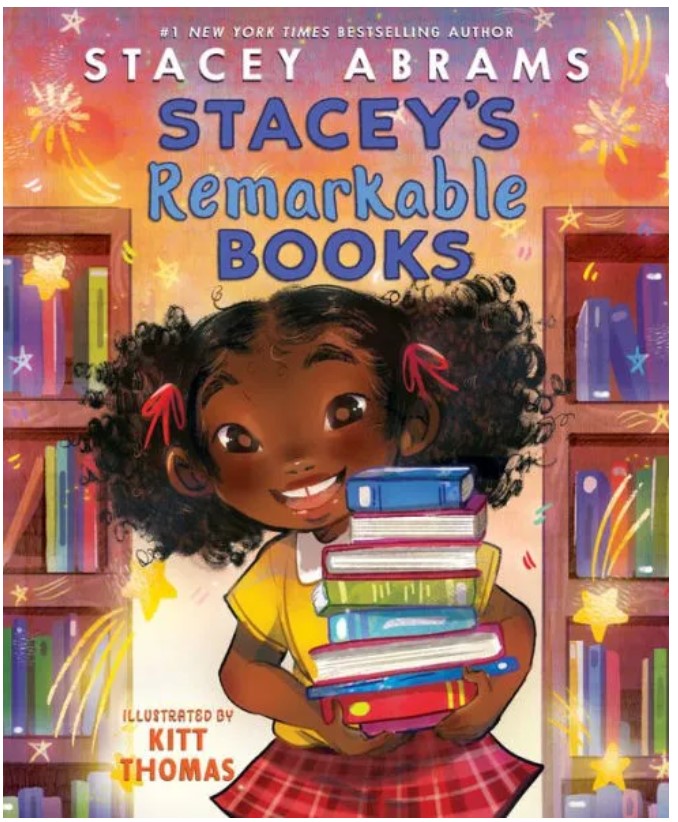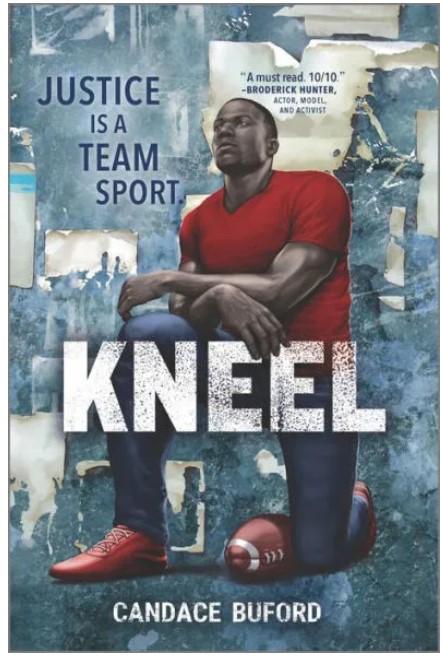Even an accidental invasion has dire consequences . . .
After their daring escape from Atlantis, Lewis, Hanna, and their resourceful Atlantean friend, Kaya, find themselves pulled between two worlds. Trapped on the surface under the watchful eyes of government officials, the three adventurers receive an urgent call to return their stolen warship to Atlantis—or risk starting an all-out war. Will they find Lewis’s injured father and return the warship in time?
Aided by a billionaire with unclear intentions, the trio embark on an all-new journey through Atlantis, from the sunken underwater world of Evenor to the tunnels below Ridge City. As shadowy agents known as Erasers work to stop them, Lewis and Kaya begin to question whether they’re really on the same side of the potentially devastating fight.
The second installment of the Atlantis Series mostly focuses on Lewis’s point of view, while Kaya’s voice is heard far less. Using Lewis as the main narrator shifts the story’s tone to one that is rambling and less serious. At the beginning of the book, Kaya thinks Lewis is annoying. This is a sentiment that many readers will agree with.
Despite being chased by the Erasers, who want to imprison Lewis and his friends, Lewis doesn’t act with a sense of urgency. For example, while being chased by the Erasers, Lewis sneaks into a large meeting room where a woman is giving a presentation. When the Atlanteans notice Lewis, he gets up and dances for the crowd, drawing all eyes toward him. Luckily, the people in the meeting room stop the Erasers long enough for Lewis to escape. Another flaw is that many of Lewis’s inner thoughts are childish and ridiculous. Plus, his inner monologue slows down the action and suspense that made the first book in the series so enjoyable.
One positive aspect of the story is the interesting futuristic technology that both the humans and Atlanteans use. This technology can be used for good or for evil—depending on the person using it. The story also gives readers insight into how technology can be used to invade a person’s privacy. Both the Atlantean’s and Sun People’s cool tech will leave readers dreaming about creative ways to use technology.
The Brink of War highlights the danger of misunderstandings; both the Atlanteans and the Sun People mistake each other’s intentions which almost leads to war. Unfortunately, instead of the three kids working together, they have a more antagonistic relationship in this book. So while they end up stopping the war between their two worlds, the conclusion is far less celebratory. In the end, readers will wonder if the two worlds can come together and have lasting peace.
Readers who want to read another interesting story based on Atlantis should also read Atlantia by Ally Condie.
Sexual Content
- None
Violence
- Lewis meets three siblings who help him fly a warship. At one point, the siblings argue and one of the brothers “reached into one of the crates, pulled out a codfish the size of Lewis’s thigh, and began slapping Rass in the head with the silvery swimmer.”
- While trying to get away from the Erasers, Lewis is shot with a sonic blaster, a non-lethal weapon. Lewis’s “left foot tingled and turned numb.”
- In a long chase scene, the Atlanteans use sonic blasters. After being captured, Lewis begins to talk and “one of the Erasers pressed a sonic pistol against his ribs.”
- Kaya and her friend, Rian, are trying to get to an important meeting, while the Erasers are trying to arrest them. Rian “was busy escaping from a pair of Erasers . . . He dropped to the ground and grabbed one of the men by the back of his knees. He pulled both the man’s legs forward, toppling him.”
- An Atlantean, Demos, wants to take over the Atlantean government. To keep Atlantis’s council members from talking, Demos puts collars on them. “The collars lock their jaws and mute their voices.”
- A scientist named Reinhold tries to grab Lewis, who is wearing a gravity suit. “Lewis powered up the thrusters, planted his bare foot on the bald spot at the back of Reinhold’s head, and pushed off . . . Reinhold crashed into the opposite wall. . .”
- One of the Erasers shows up after a fight. “Her face red and newly swollen below one eye.”
- The book’s conclusion ends with a confrontation where Demos and his Erasers use their sonic blasters to control others.
Drugs and Alcohol
- None
Language
- Lewis thinks a group of adults are jerks.
- An adult calls Lewis a little rat.
- Demos appoints himself emperor over Atlantis. When someone questions his ability to pull off his scheme, Demos says the people of Atlantis are “brainless fish. They’re mindless urchins, all of them!”
Supernatural
- None
Spiritual Content
- Before Kaya jumped off a cliff into a river, she “prayed that she’d read it right, that the water was safe and clear.”
- Rian’s parents had “joined some weird new religion” that believes crystals are important. Rian wonders, “Couldn’t they just worship whale spirits like normal Atlanteans?”
- Before Rian’s parents leave for a vacation, Rian’s mom gives him a crystal. “Both his parents held their hands out and whispered another one of their prayers: ‘May the Earth spirit and rockglow lead you safely through the waters.’”
